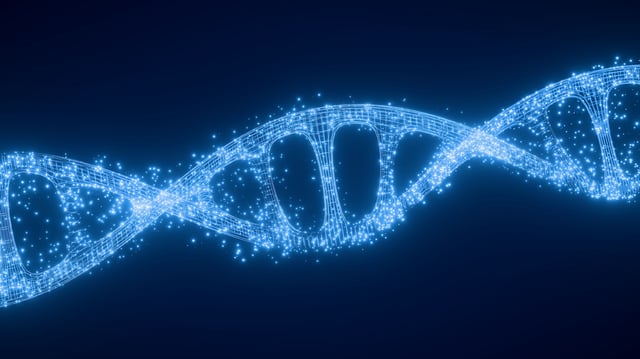Overview
- Two Science papers published July 31 identified conserved noncoding cis-regulatory elements near the fat mass and obesity (FTO) locus that coordinate hibernation-linked gene networks.
- CRISPR knockout of individual regulatory elements in mice produced tunable shifts in weight gain, metabolic rate, foraging behavior and torpor recovery times.
- Hibernating mammals naturally prevent reperfusion injury in the brain by leveraging these regulatory hubs, suggesting potential neuroprotective benefits for human conditions.
- Experts warn that translating mouse findings to people will require detailed mapping of downstream effects and accounting for species-specific seasonal and hormonal controls.
- Next steps include multi-element deletion experiments in animal models and pharmacological screens aimed at adapting hibernation-linked DNA switches for diabetes, obesity and neurodegenerative therapies.

